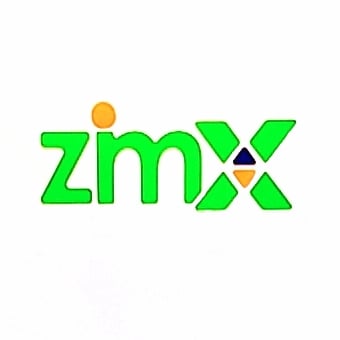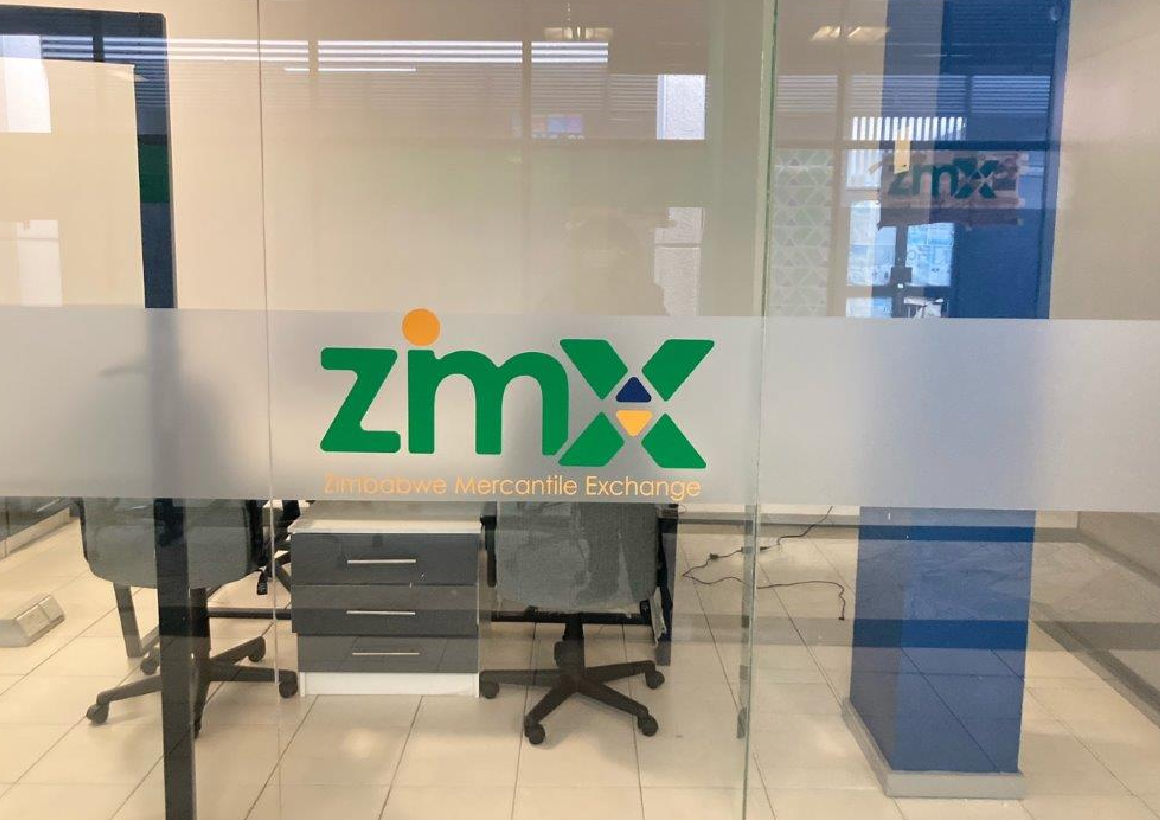Introduction
The Zimbabwe Mercantile Exchange (ZMX) is a marketplace that facilitates the buying and selling of a wide range of agricultural products, such as maize, wheat, sorghum, and soybeans.
It was introduced in October 2021 and now operates an Electronic Warehouse Receipt System and a Commodities Trading Platform that ensures safe, secure, remote and convenient trading and financing of commodities.
This is a game changer in Zimbabwe. Visualise an online “Mbare Musika”!

Farmers transport their produce to an approved warehouse where they get a “Warehouse Receipt”. This is a legal document that provides proof of ownership of a commodity, providing evidence of quantity, grade, and quality of the stored commodity. This allows for buyers to make purchases virtually and securely.
What aroused my excitement to pen this article is the recent recognition of these Warehouse Receipts as “Liquid Assets” by the Securities Act. This has huge economic potential for the country at large. I will explain…
In June 2023, the ZMX announced that the Warehouse Receipt Instruments issued under the ZMX Warehouse Receipt System have been conferred with Liquid Asset Status by the Reserve Bank of Zimbabwe (RBZ).
What is “Liquid Asset Status” and why am I excited about it this much?
A liquid asset is an asset that can easily be converted into cash within a short amount of time, without a negative impact on its value. That is the most non-technical description I can provide. Examples of liquid assets are in the form of cash, bank accounts, money market funds, US Treasury bills, or other investments that have high demand and security. And these ZMX Warehouse Receipts have been put in the same category.
This means the receipts now have a value, which may even be higher or lower than the intrinsic value of the underlying asset (the produce they represent). So they can be traded and, it is not far fetched that they also can be used for trade. I could sell my car and the new owner uses one of these receipts to settle my payment. “Liquid Asset,” remember.
On a macroeconomic level, this article aims to assess this recent liquid asset conferment of the warehouse receipts by the Reserve Bank of Zimbabwe and its implications to the agricultural sector, the financial sector, and the economy as a whole. To do so we will use relevant data, models, theories, and formulas to support the analysis.


Leave a Reply